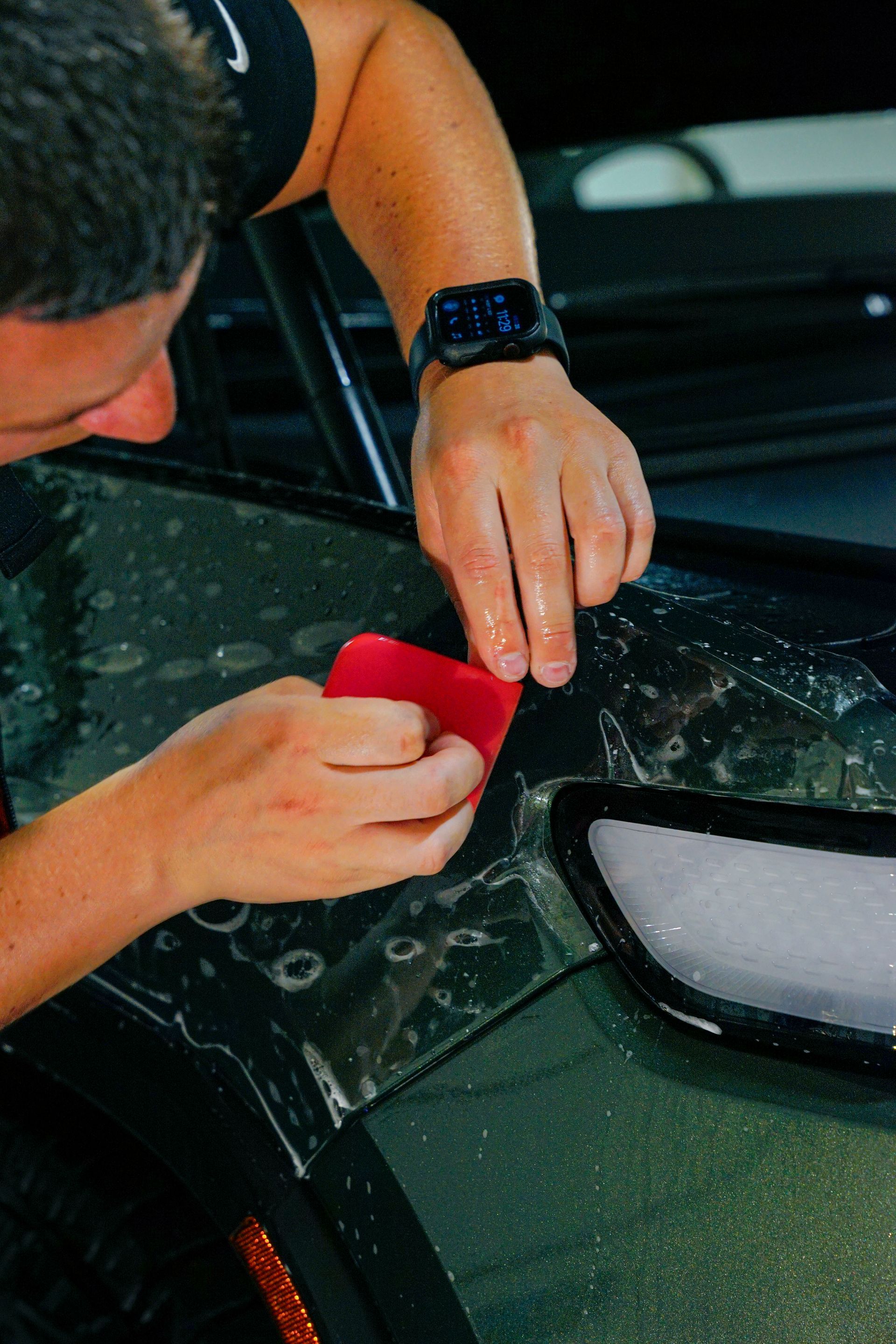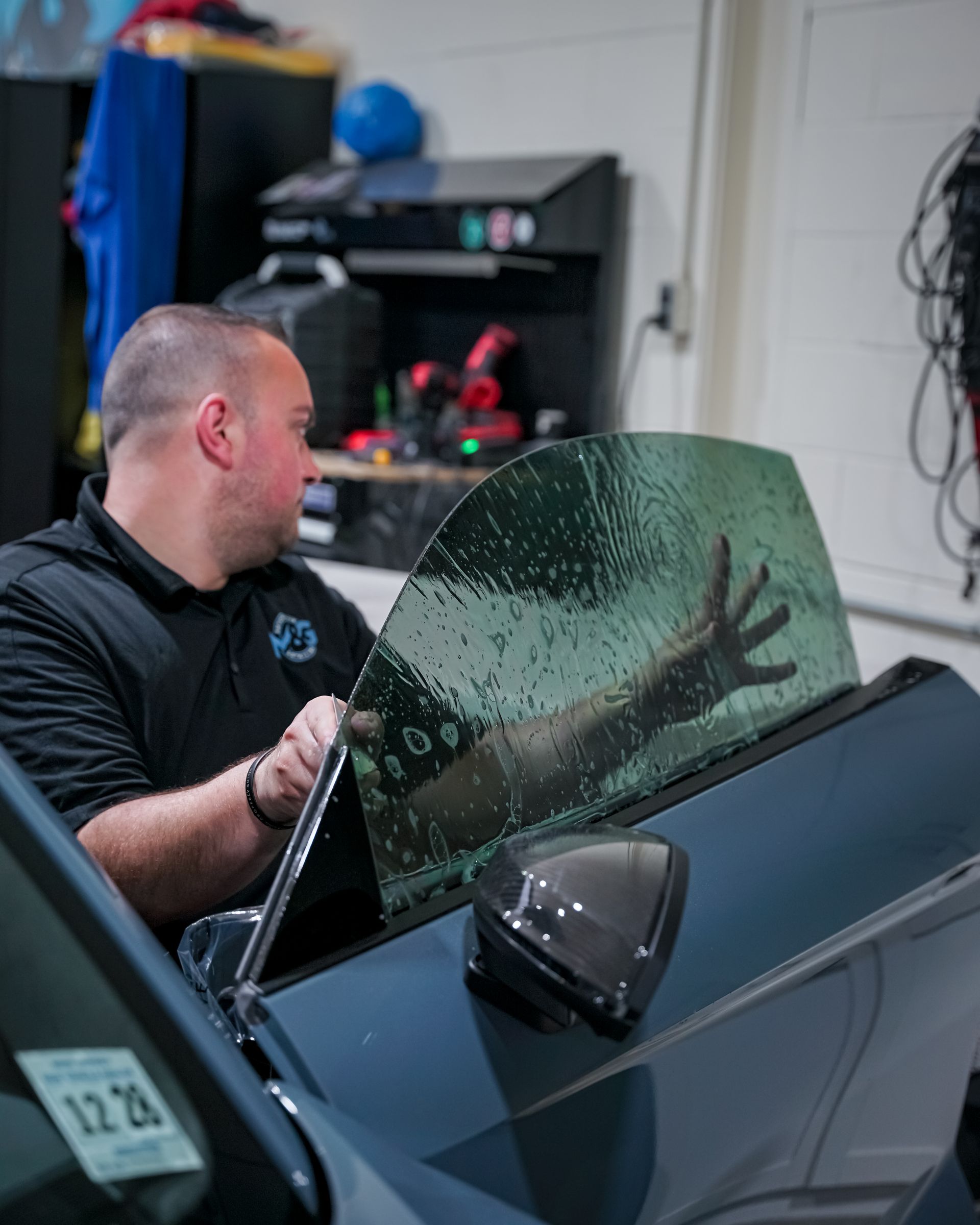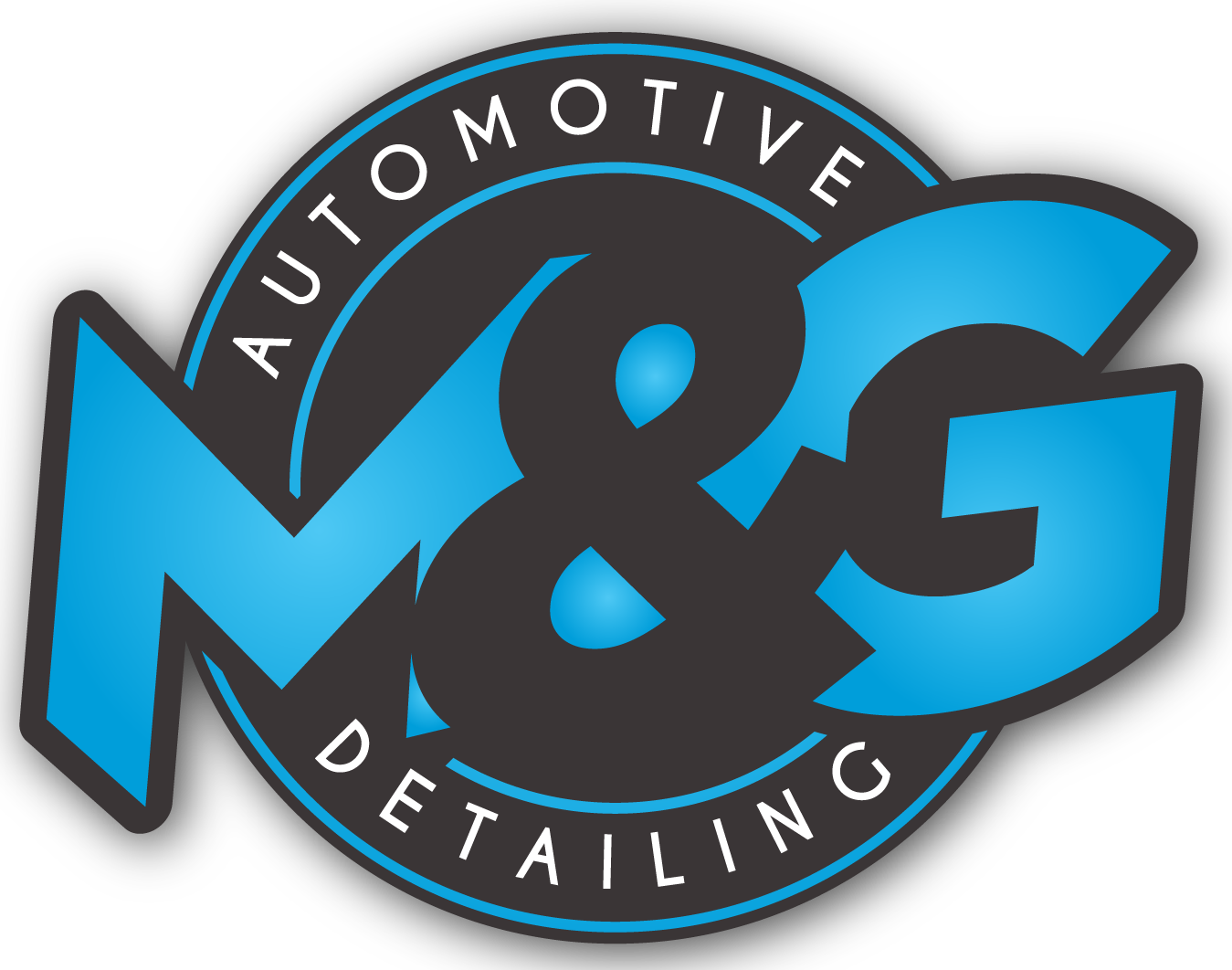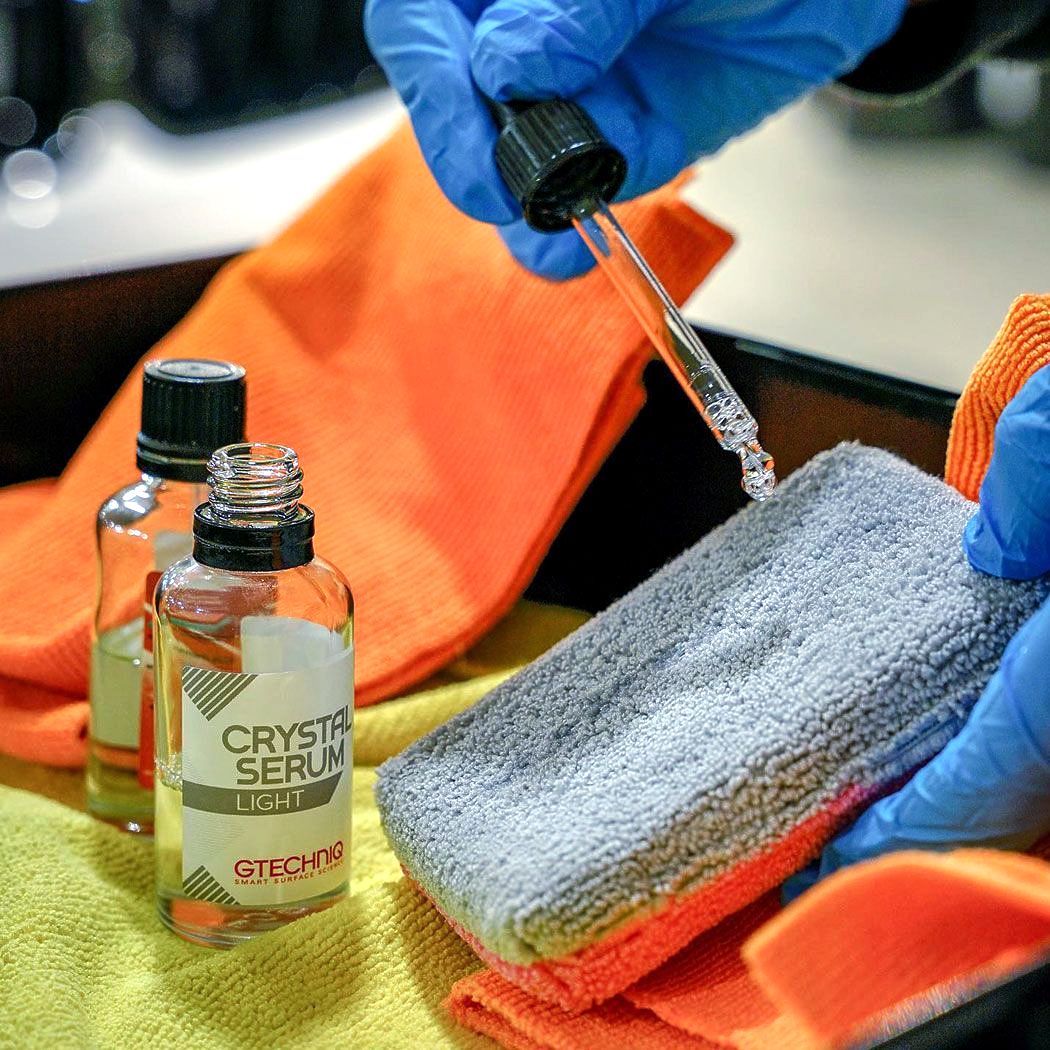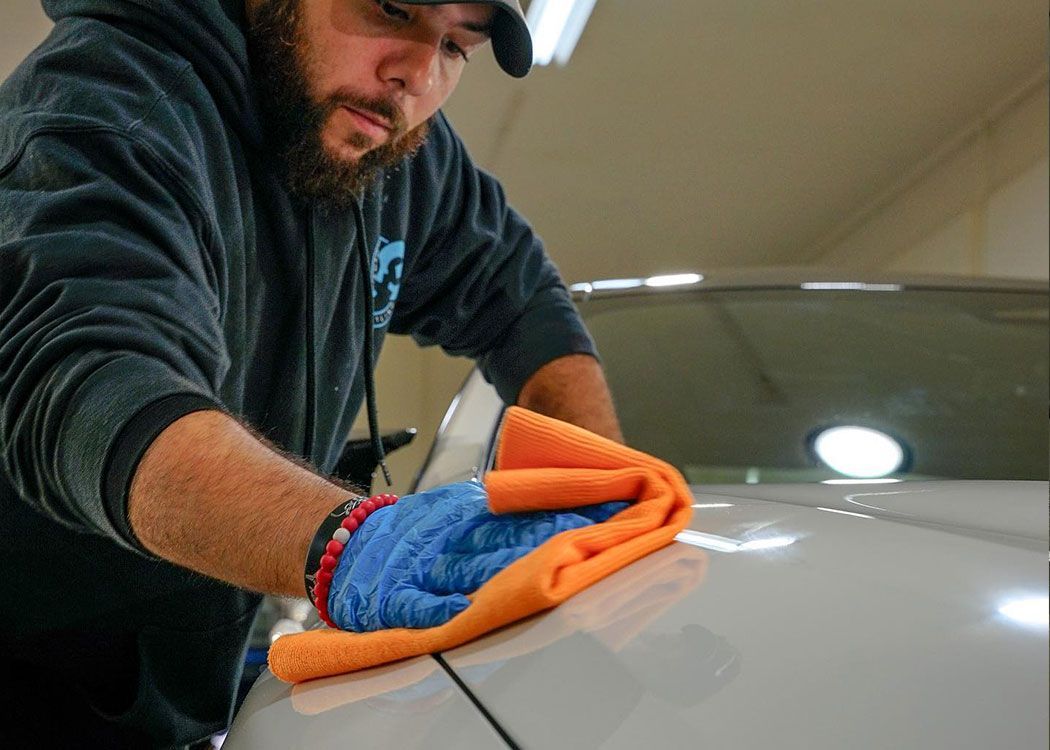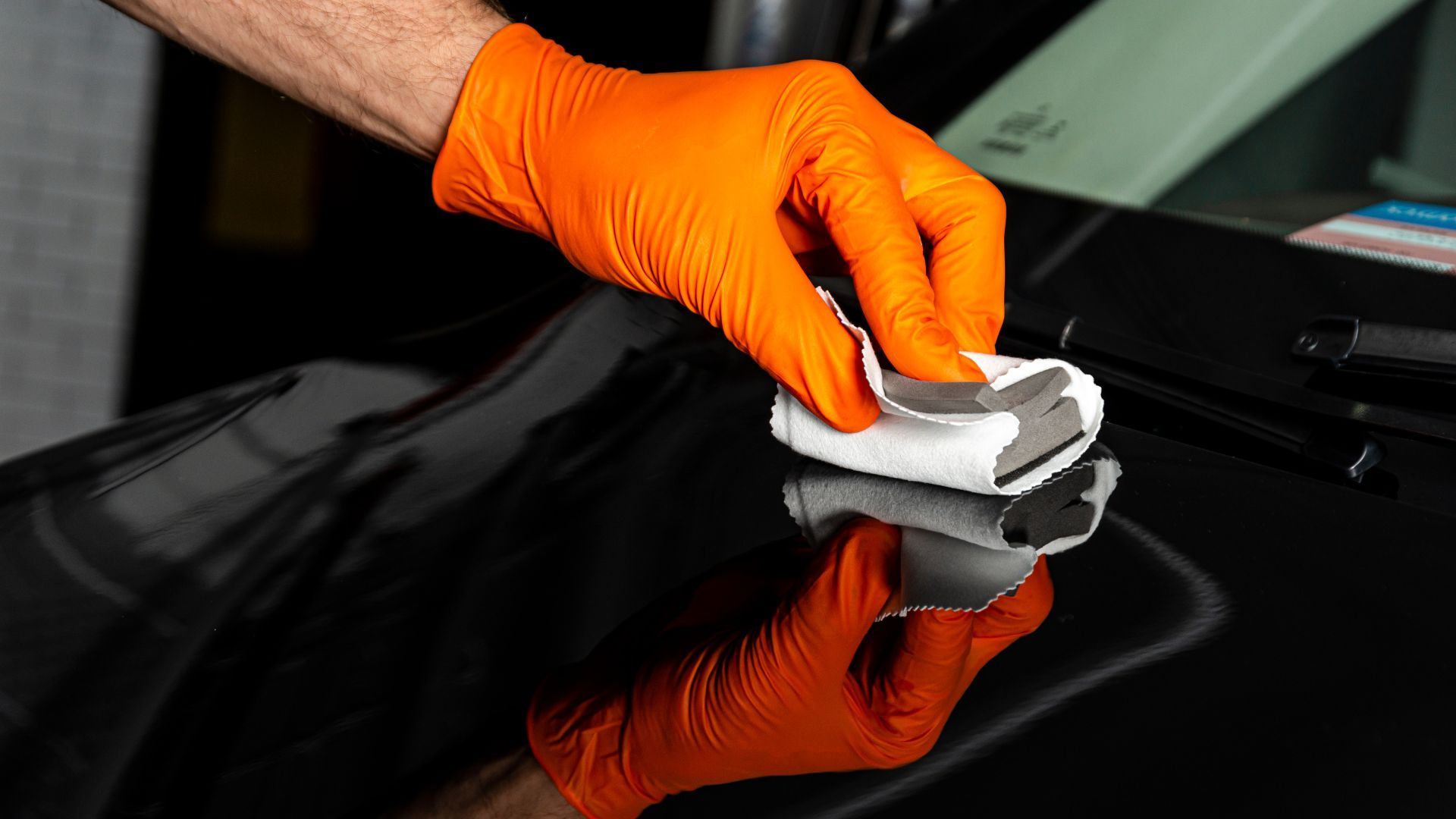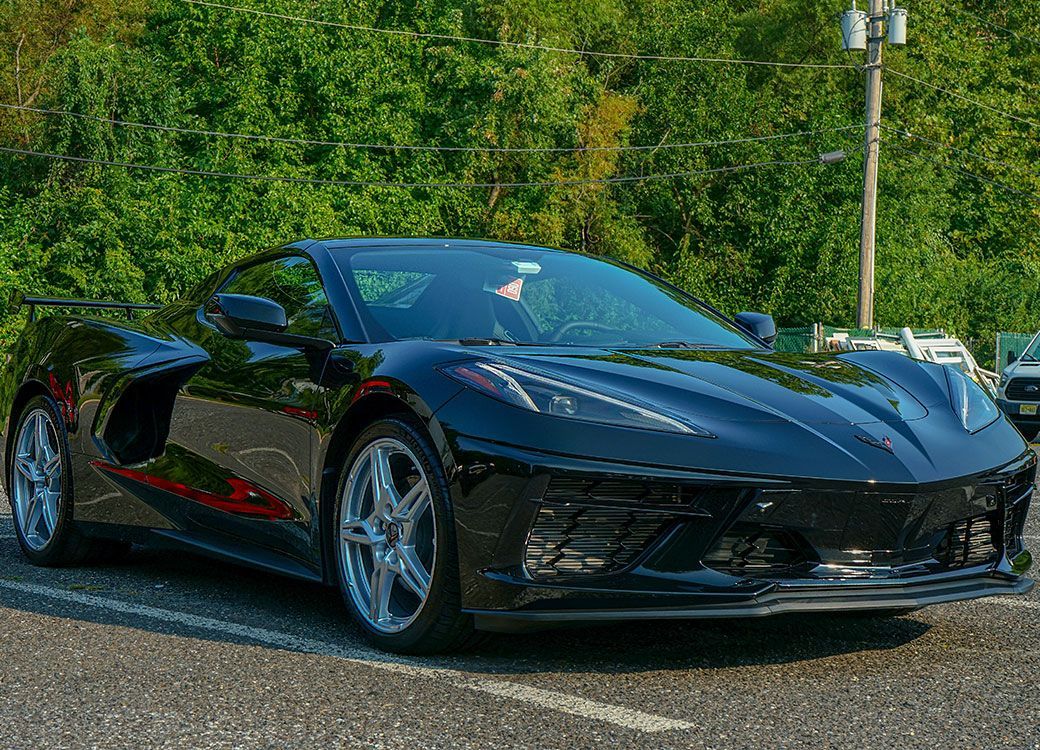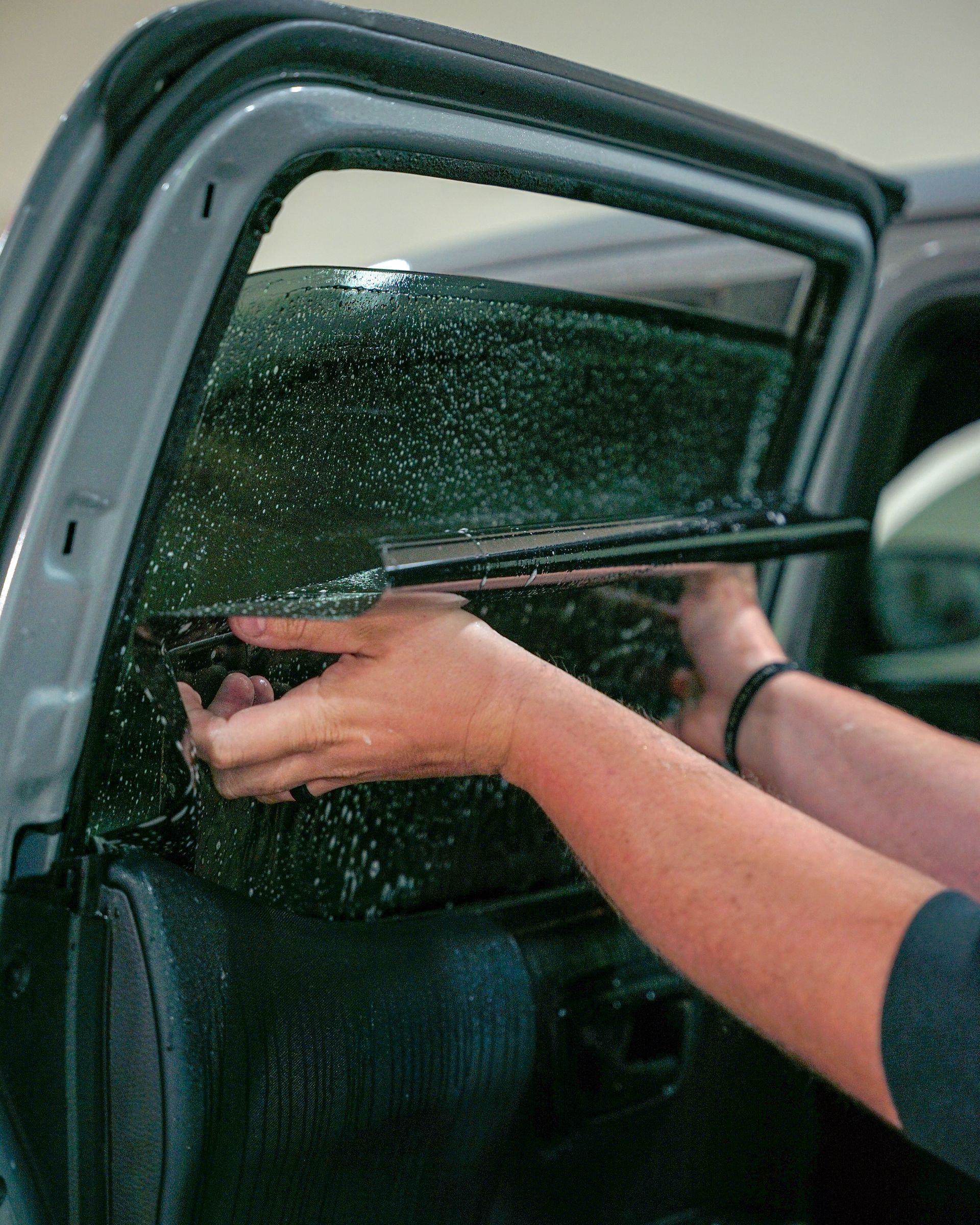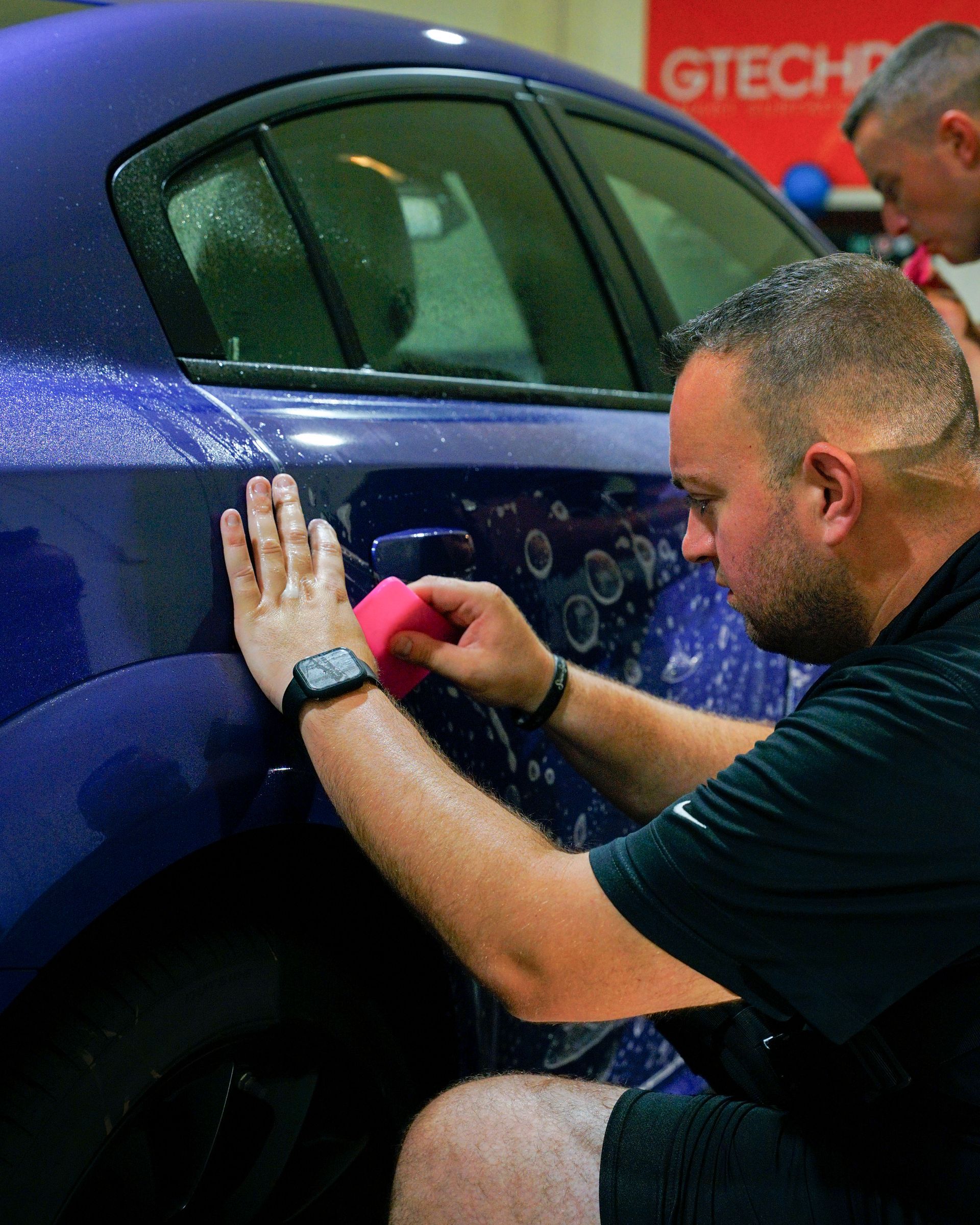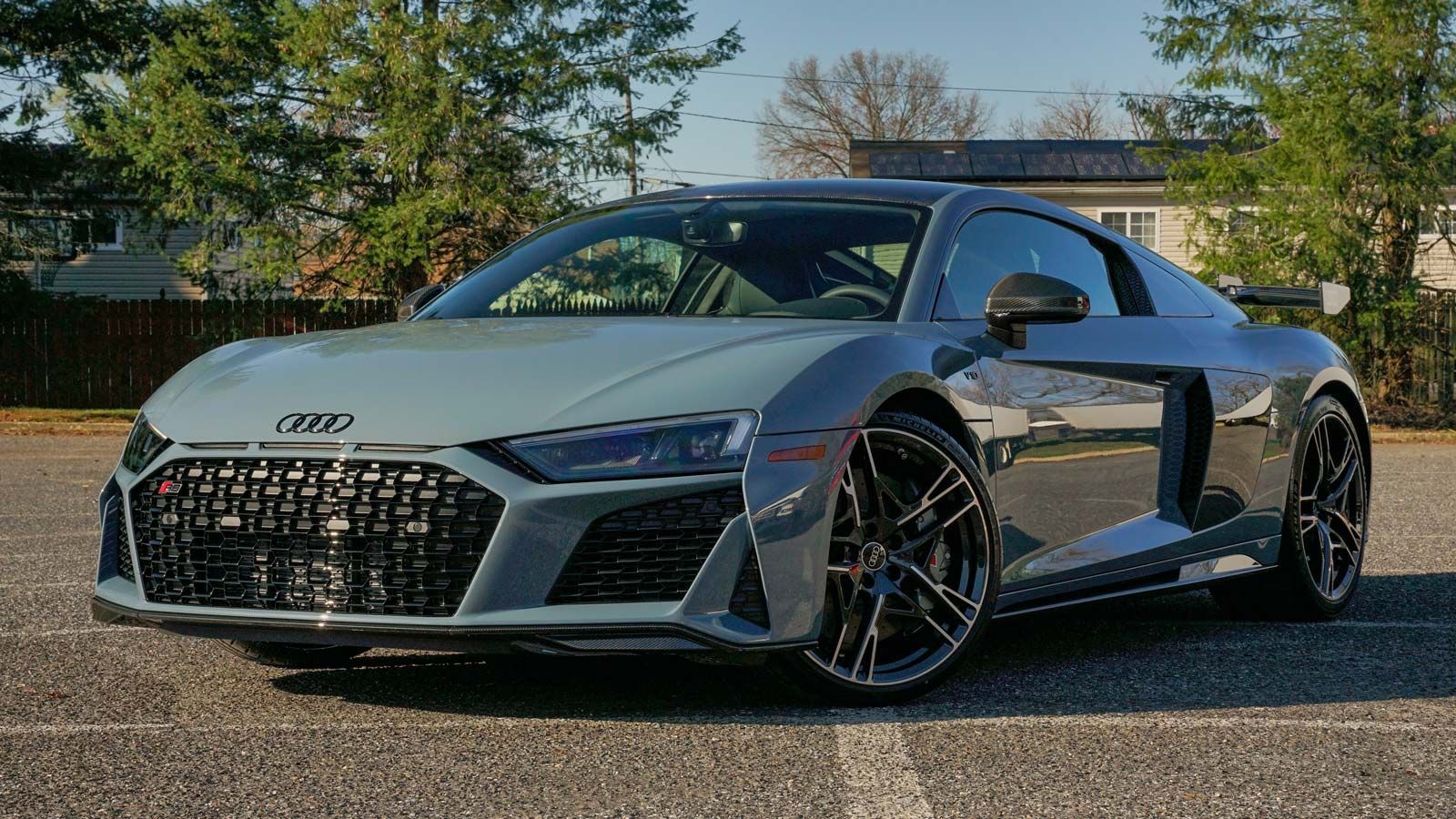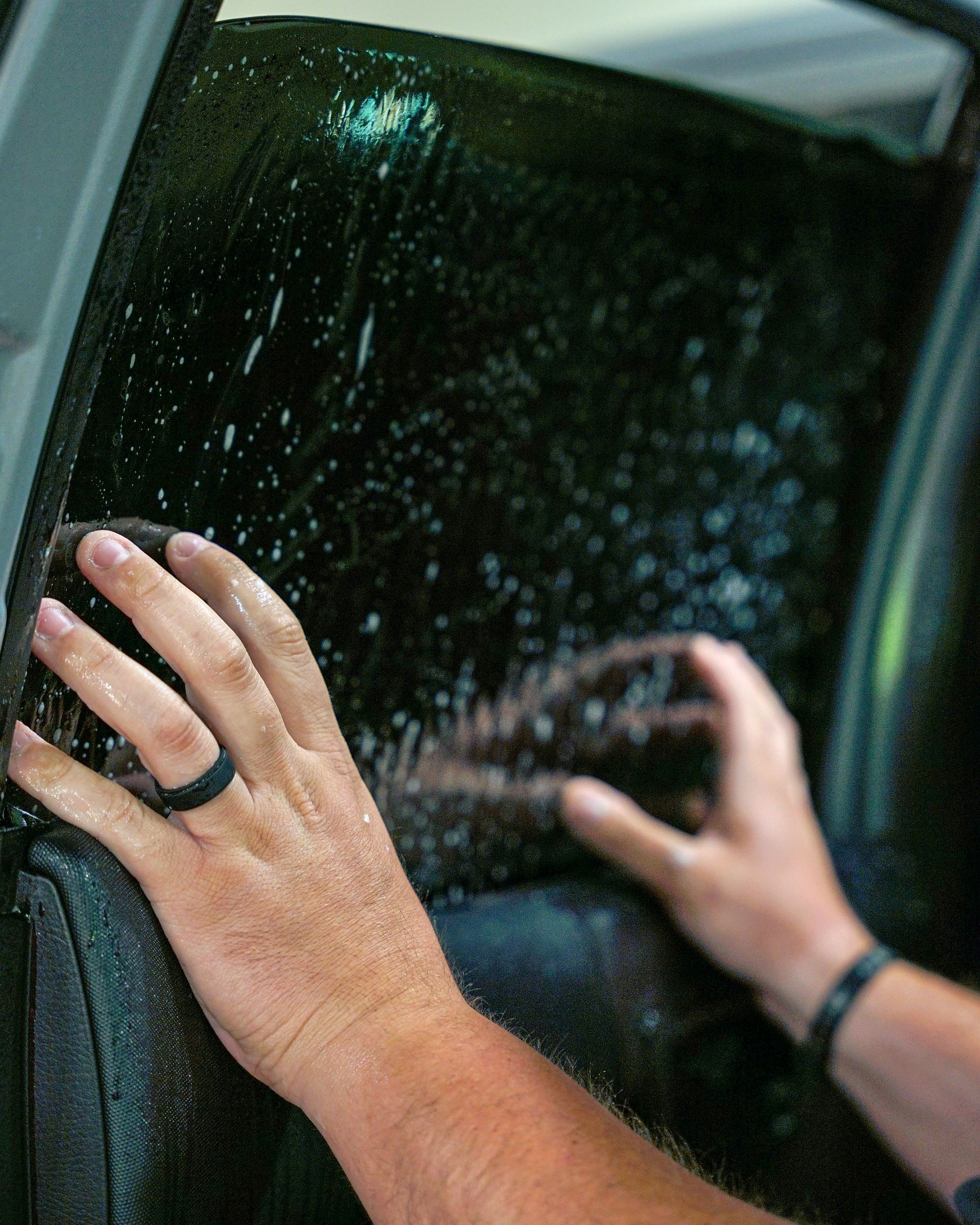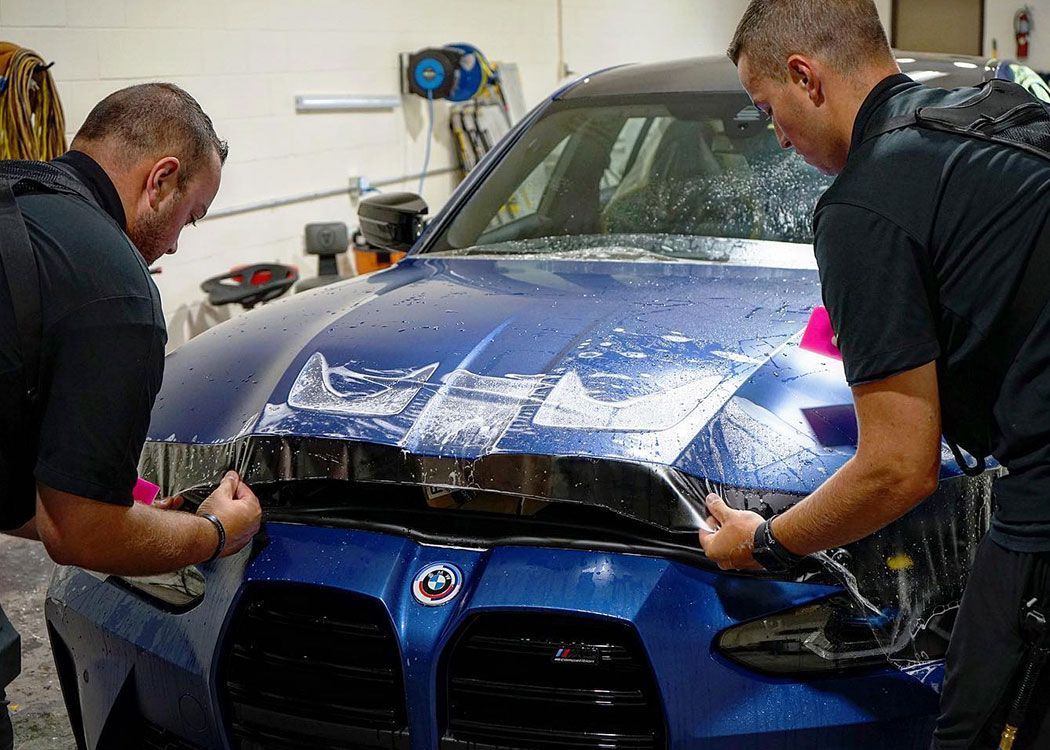How Ceramic Coating Saves You Money on Car Maintenance: A Comprehensive Guide
A ceramic coating gives your car a layer of protection that helps keep it looking new. Unlike regular methods such as waxing, which require frequent application, ceramic coatings last for several years, lowering both product and labor costs. But there's more—these coatings also protect against damage from elements like UV rays and pollutants, reducing the risk of costly paint touch-ups. So, every time you look at your car shining in the sun, remember that this isn't just about keeping up appearances; you're investing wisely.
Ceramic coating saves money on car maintenance by providing long-lasting protection against UV rays, environmental contaminants, and chemical stains, reducing the frequency of waxing and polishing, and minimizing the need for professional detailing. This durable solution preserves the car's paint, reducing the likelihood of costly repaints or touch-ups in the future.
Financial Impact of Ceramic Coating
When it comes to car maintenance, we all know that regular waxing and polishing are essential to keeping your car looking sleek and shiny. Traditional waxing has been a go-to solution for many car owners, but it requires more frequent reapplication to maintain that polished appearance. This means spending money on wax products and putting in the labor to buff and polish the vehicle regularly. Ceramic coatings act as a shield for your car's paintwork, creating a long-lasting, protective layer that can endure for years. Unlike traditional waxing, which requires frequent touch-ups, ceramic coatings significantly reduce the frequency of waxing and polishing, saving you money on costly waxing products and considerable labor time.
The protective nature of ceramic coatings goes beyond just maintaining appearances. By forming a strong barrier against environmental contaminants and UV rays, ceramic coatings minimize the risk of damage to your car's paintwork. This reduction in potential damage decreases the need for costly touch-ups and paint repairs, which can be a significant source of expenses for car owners over time. By reducing the frequency of waxing and polishing required for maintaining the car's appearance as well as minimizing the risk of damage to the paint, ceramic coatings offer a compelling long-term financial benefit.
It's clear that the prolonged durability and protective features of ceramic coatings not only save you from spending on expensive wax products and labor but also contribute to reducing the overall maintenance costs of your vehicle. This is an important aspect to consider when evaluating the financial impact of choosing ceramic coating over traditional maintenance methods. In analyzing the financial benefits of ceramic coating versus traditional maintenance methods, it's also essential to consider how these coatings contribute to prolonging the life of your vehicle.
How Ceramic Coating Prolongs Vehicle Life
When you invest in a high-quality ceramic coating for your car, you're essentially giving it a shield—a shield against the harsh elements that can wear down its exterior over time. This protective layer doesn't just look good; it's actively working to keep your car's paint looking fresh and new for longer. Because ceramic coatings guard against environmental contaminants, UV rays, and oxidation, they help prevent three big villains in the story of car aging: fading, clear coat damage, and corrosion. Let's break it down:
- Environmental Contaminants: From bird droppings to tree sap to road salt, these substances can slowly eat away at your car's finish if left unchecked. A ceramic coating acts as a barrier, making it difficult for these contaminants to bond to the surface and cause lasting damage.
- UV Rays: Direct sunlight can take a toll on your car's paint job, causing it to lose its luster over time. Ceramic coatings provide a layer of protection against harmful UV rays, preserving the paint and preventing it from fading.
- Oxidation: When metals are exposed to oxygen for extended periods, they undergo a process called oxidation. This is what creates rust on metal surfaces. Ceramic coatings safeguard the paint from oxidation, reducing the risk of corrosion and ensuring that the exterior remains intact and free from rust spots.
By preventing these common sources of wear and tear, ceramic coatings effectively extend the lifespan of your vehicle's exterior. In other words, it's like giving your car a magical shield that repels all the little things that might make it look old before its time.
Cost-Effective Cleaning with Ceramic Coatings
One of the most striking advantages of ceramic coatings is their ability to create a hydrophobic surface that repels water, dirt, and grime. This unique feature means that your car stays cleaner for longer periods of time, reducing the need for frequent washing. As a result, you save not only on water consumption but also on cleaning agents and time spent on maintenance. Expanding upon this idea, while cars with traditional wax coatings require regular washing to maintain their clean appearance, ceramic coatings significantly reduce the frequency of washes, resulting in substantial savings over time. This not only benefits your pocket but also reduces the environmental impact of excessive water usage and chemical runoff from cleaning agents. To put it into perspective, ceramic coatings are like an invisible shield that prevents dirt and stains from sticking to your car. It's almost as if it gives your car a self-cleaning property where dirt and water simply slide off. For those who value both economics and efficiency, ceramic coatings indeed stand out as a sustainable and economically efficient choice for car maintenance.
It's important to note that while the upfront cost of ceramic coating might seem high, especially when compared to traditional waxing, the long-term savings justify the initial investment. In fact, considering the expense of regular car washes and detailing without ceramic coating, many car owners find that ceramic coating actually saves them money in the long run. The time saved can also be substantial. Ceramic coatings provide a hydrophobic surface that makes routine cleaning quicker and easier because dirt and grime are less likely to stick. This is especially beneficial for busy individuals who want to maintain a clean and polished look for their vehicles but have limited time for frequent washes.
Some may argue that DIY ceramic coating solutions or professional detailing services offer comparable results at a lower cost. While this may be true in some cases, the longevity and comprehensive protection provided by ceramic coatings make them a worthwhile investment for those who prioritize long-term savings and convenience. In summary, the cost-effective nature of ceramic coatings shines through in the reduced frequency of washing required, leading to savings on water consumption, cleaning agents, and valuable time.
Protection Offered by Ceramic Coating
Imagine your car's exterior as the first line of defense against all sorts of elements. It is constantly exposed to sunlight, rain, bird droppings, and other environmental pollutants. Over time, this exposure can take a toll on your car's paint job, leading to gradual fading, discoloration, and damage that may not only look unsightly but also cost a pretty penny to repair and maintain. Here's where ceramic coatings come in to save the day.
UV Protection: UV rays from the sun are known to be one of the most damaging factors for a car's paint. They can cause oxidation and breakdown of the paint layers, resulting in a dull, lackluster appearance. This doesn't just affect the aesthetics of your vehicle; it diminishes its overall value and necessitates costly repainting.
Protection Against Contaminants: Bird droppings, tree sap, and chemical stains can cause serious harm to your car's paint if left unattended for too long. Not only do these contaminants mar the surface, but they also penetrate the clear coat and can lead to permanent etching if not addressed promptly. The cost of corrective measures for such damage can quickly add up.
The average cost to repaint a midsize vehicle ranges from $1,000 to $3,500 or even more, depending on the extent of the damage. These expenses aren't just limited to the paint job; you also have to consider labor costs, which can be significant. Ceramic coating forms a protective layer on the car's exterior, acting as a shield against UV rays, oxidation, and contaminants like bird droppings and chemical stains. It helps minimize the need for expensive corrective measures in the future by lowering the risk of surface damage due to these elements. What once seemed like an inevitable expense due to environmental wear and tear can now be effectively mitigated with the application of a ceramic coating, potentially saving you substantial amounts in future maintenance costs. Understanding how ceramic coating shields your car from damage gives us a glimpse into its potential impacts on maintaining your vehicle's appearance.
CERAMIC COATING Installation Process and Its Effect on Maintenance Savings
Applying a ceramic coat involves trained professionals inspecting and preparing your car's paintwork. This includes addressing imperfections like swirl marks and scratches to ensure that the coating adheres properly. Following the meticulous application of the ceramic coat, there is a curing process that enables the coating to firmly bond with the paintwork. You see, a professional ceramic coating application is crucial because it ensures even and thorough coverage. Unlike traditional waxing or sealants, where human error might lead to uneven protection, ceramic coatings are applied with precision using advanced techniques and equipment. This means the coating is more durable and less prone to wearing off, reducing the frequency of reapplication needed.
Skilled detailers are meticulously applying the ceramic coat to the paintwork of your car as a shield. Every inch of your vehicle is carefully inspected and coated, ensuring that no area is left vulnerable to damage from external elements. This level of protection means you won't have to worry about frequent touch-ups or reapplications, which can quickly add up in cost. In essence, the initial cost of professional-grade ceramic coating pales in comparison to the long-term savings it offers on maintenance. The durability of ceramic coatings significantly lessens the need for regular cleaning. Thanks to their hydrophobic properties, dirt, grime, and water are repelled more effectively than with traditional waxes or sealants. This translates to fewer frequent trips to the car wash or detailing center, saving both time and money over time.
Recognizing Your Need for Ceramic Coating
Have you observed dullness or discoloration in your car's paint? Perhaps you've felt like you're spending too much time and money to keep your vehicle looking great. If so, these could be signs that your car is a good candidate for ceramic coating. Let's break down the key aspects to consider when recognizing the need for this protective sealant.
- Assessing Paint Condition: First, it's important to closely examine the current state of your car's paint. If you notice any visible imperfections, such as fading and oxidation, it might be time to seek extra protection. Ceramic coatings can help fill in these imperfections and provide an extra layer of defense against future UV and environmental damage. Even if your car's paint is in pristine condition, applying a ceramic coating can help maintain its sheen and prevent potential deterioration.
- Long-Term Maintenance Goals: Consider your long-term goals for maintaining your vehicle. Are you looking to minimize the frequency of deep cleaning and waxing? Do you want to preserve the aesthetic appeal of your vehicle for years to come? If that's the case, then ceramic coating emerges as a viable solution. By creating a durable, transparent, and hydrophobic layer on the paint, ceramic coatings significantly reduce the effort and resources required for regular upkeep.
- Potential Savings and Benefits: Let's talk about saving money while maintaining the beauty of your vehicle. Ceramic coatings not only offer protection from environmental contaminants and UV rays but also reduce the need for frequent car washing and waxing. As a result, the longevity of the coating translates into reduced maintenance costs over time. By preventing dirt and pollutants from attacking the paint, ceramic coatings help maintain the value of your vehicle.
By understanding these key factors and taking note of noticeable signs on your vehicle, you can make an educated decision regarding the need for ceramic coating. Investing in a ceramic coating could ultimately save you time and money while ensuring that your vehicle maintains its stunning appearance for years to come.
M&G Automotive Detailing: Top Choice for Ceramic Coating Service in Cherry Hill, NJ
Transform your vehicle into a work of art with M&G Automotive Detailing, the premier destination for ceramic coating services in Cherry Hill, NJ. Our expert team is committed to elevating your driving experience by offering top-notch ceramic coating solutions that go beyond mere protection. We understand that your car is not just a mode of transportation; it's a reflection of your style and passion. Our advanced ceramic coating applications provide an unparalleled shield against harsh weather, contaminants, and UV rays, ensuring a long-lasting, showroom-quality finish. At M&G Automotive Detailing, we pride ourselves on precision and attention to detail, guaranteeing that your vehicle receives the meticulous care it deserves. Unleash the full potential of your car's aesthetics and durability—choose M&G Automotive Detailing for unrivaled ceramic coating services. Book your appointment now or call us at
(609) 923-3123 and give your vehicle the radiant, long-lasting shine it deserves in Cherry Hill, NJ!

